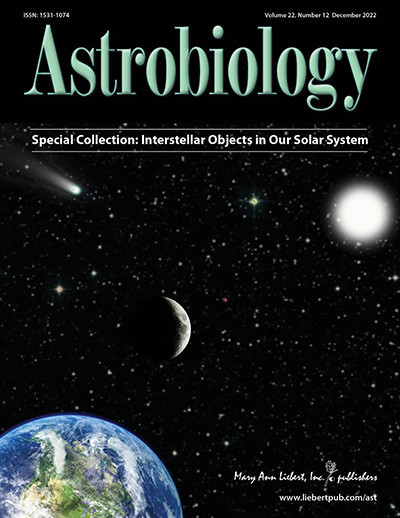
Astrobiological Implications of Interstellar Material in the Solar System
Published Dec 2022
Our Solar System is not isolated. As it slowly orbits the galaxy, its astronomical environment changes and varying external factors can be influential. The history of our planet and its neighbors can be fully understood only in the context of the broader system. This bigger picture was thrown into sharp relief in 2017 when a large object, named ‘Oumuamua, was detected entering the Solar System from interstellar space. The following year, another interstellar object, 2/Borisov, was found. While 2/Borisov has all the hallmarks of a comet, certain features of ‘Oumuamua were unusual, and its transit sparked some lively debate about its nature and origin. The subject continues to receive attention in the scientific literature and the media. We therefore deemed it timely to devote a special issue of Astrobiology to the subject of interstellar material in the Solar System generally, and the implications for astrobiology specifically.